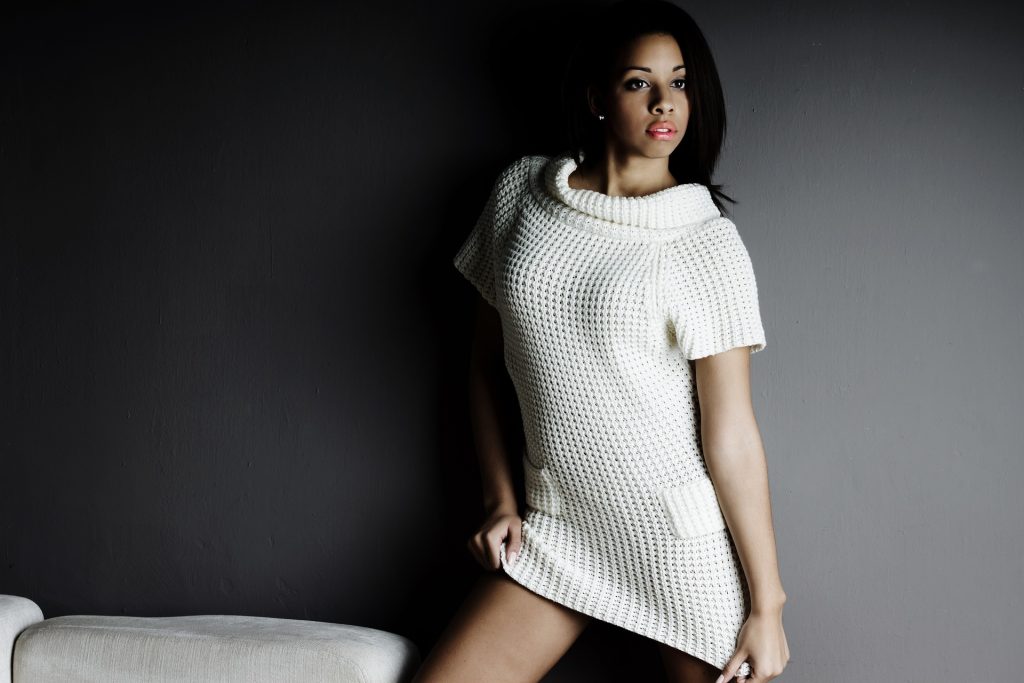
Side lighting in portrait photography can add depth and dimension to your subjects, creating a more interesting and dynamic image. This type of lighting is created by positioning the light source to the side of the subject, rather than directly in front or behind them.
One of the key advantages of side lighting is that it can create shadows on the subject’s face, adding depth and definition to their features. This can be particularly effective for highlighting cheekbones and jawlines, and for creating a more dramatic and moody image.
To achieve side lighting in your portrait photography, you’ll need to position the light source off to the side of your subject, and at a slight angle to their face. This can be done using a variety of lighting equipment, such as a strobe or continuous light, or even natural light from a window.
When using artificial light, you’ll want to experiment with the distance and angle of the light source to find the best position for your subject. For example, if you want to create a softer, more natural-looking image, you might position the light source further away and at a shallower angle. If you’re looking for a more dramatic and moody image, on the other hand, you might position the light source closer and at a steeper angle.
Another important aspect to consider when using side lighting is the angle of the subject’s face. In order to create the most interesting and dynamic image, you’ll want to position your subject so that their face is turned slightly towards the light source. This will help to create more defined shadows and highlights on their face, and will also help to bring out the texture and detail in their skin.
Overall, side lighting can be a powerful tool for portrait photographers looking to add depth, dimension, and drama to their images. With the right equipment, positioning, and subject angle, you can create stunning, dynamic portraits that capture the unique character and beauty of your subjects.